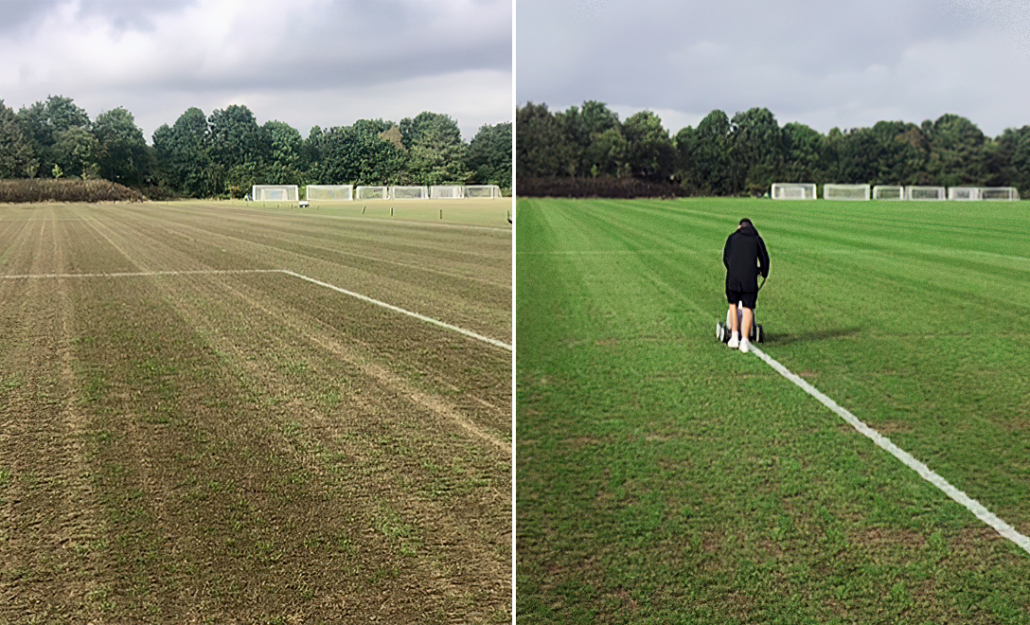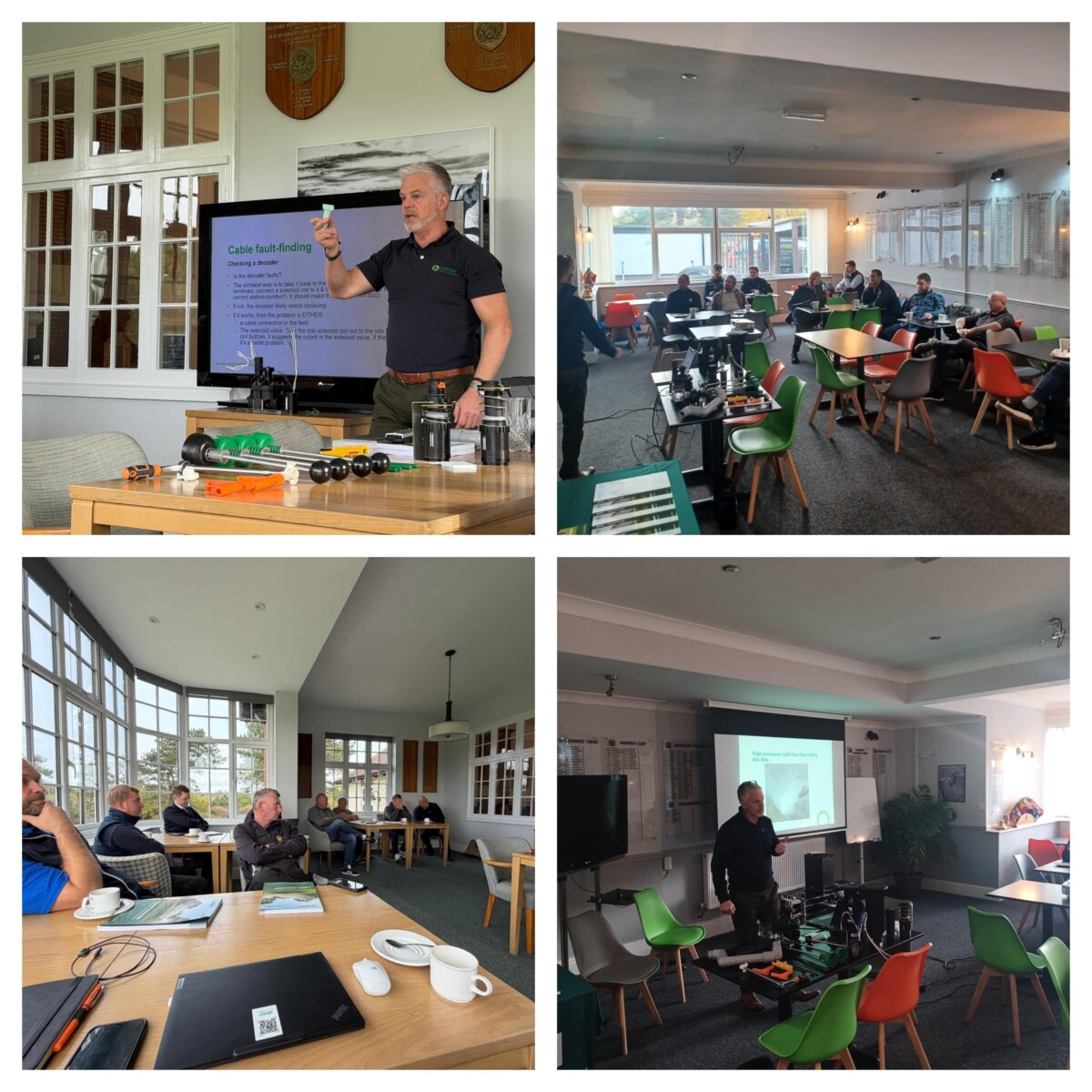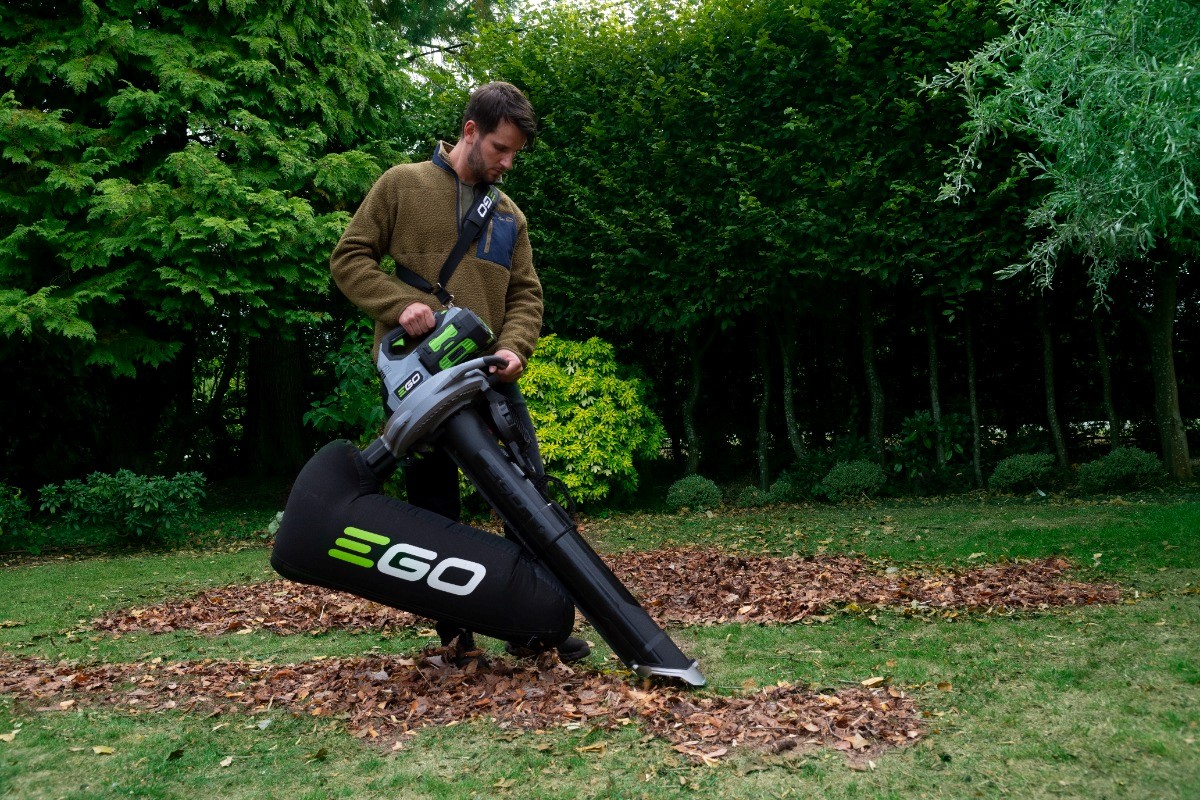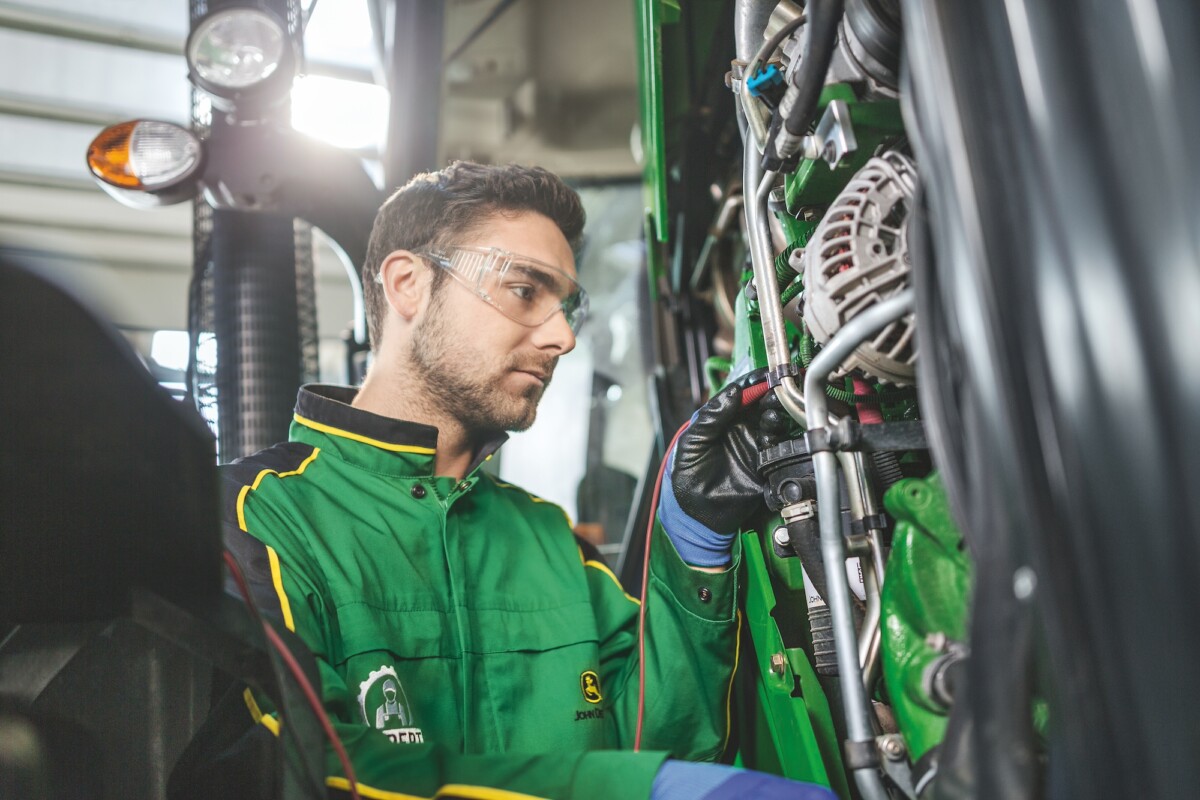4turf® delivers a sustainable drought-tolerant sward: Opened in late 2019, Stoneham Lane Football Complex comprises 64sq.Km of artificial and natural sports pitches – supporting grass roots football for players of all ages and abilities.
Part of the FA’s Parklife Project, the maintenance of the Complex falls under the remit of Hampshire FA Facility Operations Manager Pete Hussey who, in conjunction with seed from DLF, keeps the five grass pitches fit for more than 425 matches per season.

4turf® delivers a sustainable drought-tolerant sward
Alongside the Stoneham Lane facility in Eastleigh, Pete also manages operations at the Winklebury Football Complex in Basingstoke and the Front Lawn Community Hub in Havant – all designed to support and fund grass roots sport within the local area. “I’ve been in this role for three and a half years, but have worked with DLF for 17 years, having used various seed formulations at my previous venue” explains Pete.
“When Stoneham was constructed, one of the major focuses was on drainage – giving us incredible infiltration rates in the region of 52mm per hour. However, the flip side of that is that we have no irrigation meaning that in the dry months, pitches struggle to retain moisture and thin out quickly.” Foreseeing the challenges that lay ahead, Pete spoke to his DLF Regional Technical Manager Ian Barnett to explore more drought-tolerant varieties – and just in time, before one of the most prolonged droughts experienced in the UK, in the summer of 2022!
“We opted to switch from the 100% diploid perennial ryegrass mix to Johnsons J 4Turf 50, sown in May 2022, and we couldn’t have been more impressed with the results.” J 4Turf 50 incorporates 4turf® tetraploid perennial ryegrass, a larger seed with higher energy reserves to deliver deeper rooting, better establishing plants – including in cooler temperatures – with enhanced colour, disease resistance and drought tolerance. The 2023 formulation contains 50% 4turf® tetraploid rye and 50% diploid perennial ryegrass.
“The J 4Turf 50 established well before the hot conditions arrived. We were limited on how much water we could get onto the pitches and were thinking we would need to do a lot of recovery work ahead of the new season, however after the rain returned, the pitches recovered amazingly! We didn’t need to do any additional overseeding or fertilising, we relied on mother nature and the seed to do what it promised it would, and it did exactly that.”
Pete continues, “As the season progressed, the J 4Turf 50 coped with the high wear, recovered fast and remained strong enough that we saw no disease activity at all last year. In fact the pitches looked so good, we were able to wait until after Christmas to put a feed down.” He adds, “This switch has given us everything we want in terms of performance, but more than that, has moved us towards a lower input sward which is more sustainable to manage.”
For the latest industry news visit turfmatters.co.uk/news
Get all of the big headlines, pictures, opinions and videos on stories that matter to you.
Follow us on Twitter and Instagram for fun, fresh and engaging content.
You can also find us on Facebook for more of your must-see news, features, videos and pictures from Turf Matters.


























